|
|
|
|
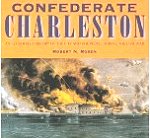 Confederate Charleston: An Illustrated History of the City and the People During the Civil War This book has so many facts that I had never read and pictures I'd never seen. The author really went into detail about the city and pictures that I haven't found in any other book. |
 Secessionville: Assault On Charleston 1862 The Union forces led by General David Hunter attempted to capture the city of Charleston, by landing troops on James Island. All the movements on both sides focusing on the high commands of both armies the common soldiers who bore the brunt of the fighting |
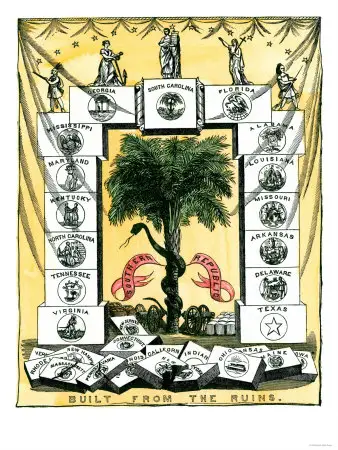 Banner of the Secession Convention Charleston, South Carolina, c.1860 18 in. x 24 in. Buy at AllPosters.com Framed Mounted |
Kindle Available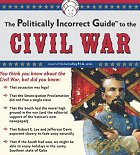 The Politically Incorrect Guide to the Civil War As a graduate history instructor, I found this book to be a refreshing view of history. It's nice to read some critical reasoning that goes against the popular biases by presenting facts that are conveniently over-looked by many others. I highly recommend this book to high school seniors and college undergraduates as an excellent basis to their understanding of the war. |
 Civil War Model 1851 Naval Pistol Engraved Silver Tone / Gold Tone Finish and Wooden Grips - Replica of Revolver Used by Both USA / Union and CSA / Confederate Forces |
South Carolina State Battle Map State Battle Maps American Civil War Exhibits Civil War Submarines Ships and Naval Battles Confederate Naval History Civil War Summary Civil War Timeline Women Civil War Soldiers Reenactors Row Supplies |
 Civil War Soldier 102 Piece Playset
|
 The Perfect Steel Trap Harpers Ferry 1859 Eye-witness accounts of the John Brown insurrection from people like Lee, Brown's family, and ordinary citizens. The information has been gathered by two of the raiders who escaped and live to tell about it Owen Brown and Osborne Anderson. The preparations, the raid, the trials, the executions and the aftermath of the event |
 Confederate Charleston: An Illustrated History of the City and the People During the Civil War This book has so many facts that I had never read and pictures I'd never seen. The author really went into detail about the city and pictures that I haven't found in any other book. |
 Siege Train: The Journal of a Confederate Artilleryman in the Defense of Charleston Major Edward Manigault, one of the commanding officers ordered by General P. G. T. Beauregard to document his unit's daily operations, began a diary in July 1863 that would become one of the most informative records to survive the Civil War. |
Kindle Available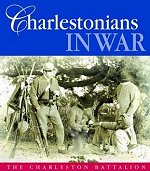 Charlestonians in War The Charleston Battalion The history of a Confederate unit that was central to the defense of Charleston: the 1st South Carolina Volunteer Infantry Battalion, usually known simply as the Charleston Battalion |
 The Northern Railroads in the Civil War, 1861-1865 Account of the impact of the railroads on the American Civil War and vice versa. How the North was helped to victory through its effective use of the rails, also how the war changed the way railroads were built, run and financed after the war. |
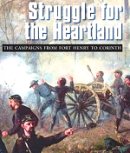 Struggle for the Heartland: The Campaigns from Fort Henry to Corinth The military campaign that began in early 1862 with the advance to Fort Henry and culminated in late May with the capture of Corinth, Mississippi. The first significant Northern penetration into the Confederate west |
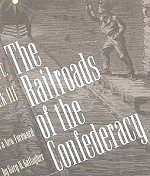 The Railroads of the Confederacy The story of the first use of railroads on a major scale in a major war. A complex and fascinating tale, with the railroads of the American South playing the part of tragic hero in the Civil War: at first vigorous though immature; then overloaded, driven unmercifully, starved for iron; and eventually worn out |
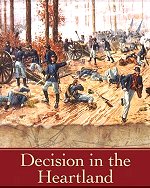 Decision in the Heartland The Civil War in the West The western campaigns cost the Confederacy vast territories, the manufacturing of Nashville, the financial center of New Orleans, communication hub Corinth, Chattanooga, and Atlanta, along with the breadbasket of the Confederacy. |
|
Books Civil War Womens Subjects Young Readers Military History DVDs Confederate Store Civil War Games Music CDs Reenactors |